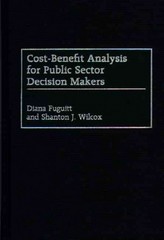Question
Hi, Ishu123.. I need both of the questions answered. This is the second part. Thank you so very much. Problem 30 On July 1, 2011,
Hi, Ishu123.. I need both of the questions answered. This is the second part. Thank you so very much. Problem 30 On July 1, 2011, Gibson Company acquired 75,000 of the outstanding shares of Miller Company for $12 per share. This acquisition gave Gibson a 35 percent ownership of Miller and allowed Gibson to significantly influence the investee?s decisions. As of July 1, 2011, the investee had assets with a book value of $2 million and liabilities of $400,000. At the time, Miller held equipment appraised at $150,000 above book value; it was considered to have a seven?year remaining life with no salvage value. Miller also held a copyright with a five?year remaining life on its books that was undervalued by $650,000. Any remaining excess cost was attributable to goodwill. Depreciation and amortization are computed using the straight?line method. Gibson applies the equity method for its investment in Miller. Miller?s policy is to pay a $1 per share cash dividend every April 1 and October 1. Miller?s income, earned evenly throughout each year, was $550,000 in 2011, $575,000 in 2012, and $620,000 in 2013. In addition, Gibson sold inventory costing $90,000 to Miller for $150,000 during 2012. Miller resold $80,000 of this inventory during 2012 and the remaining $70,000 during 2013. a. Prepare a schedule computing the equity income to be recognized by Gibson during each of these years. b. Compute Gibson?s investment in Miller Company?s balance as of December 31, 2013. 
Step by Step Solution
There are 3 Steps involved in it
Step: 1

Get Instant Access to Expert-Tailored Solutions
See step-by-step solutions with expert insights and AI powered tools for academic success
Step: 2

Step: 3

Ace Your Homework with AI
Get the answers you need in no time with our AI-driven, step-by-step assistance
Get Started


